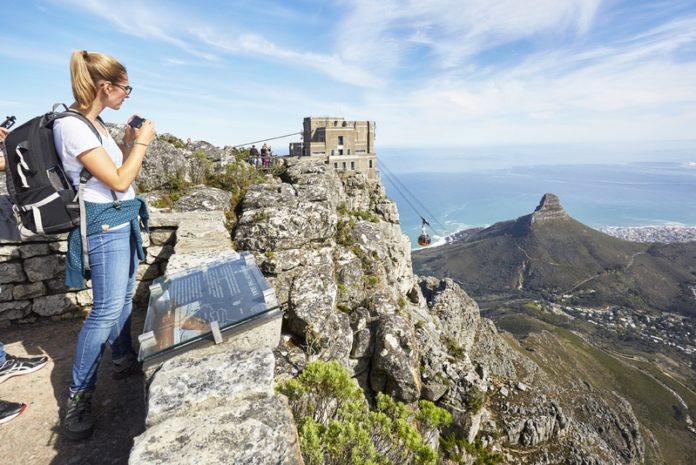
Table Mountain Aerial Cableway turned 90 in October. A lot has changed since that first trip up the mountain on 4 October 1929.
Before 1929, the only way up was to hike: a feat not undertaken by too many. By the 1870s, plans were put forward to build a rack railway to the top, but the First Anglo-Boer War halted work on that.
Another mock-charge came in 1912, when an engineer had been commissioned to build a funicular up the mountain. This plan was again thwarted by the outbreak of war: this time, World War 1. Finally, in 1926, a cableway was suggested by a Nortwegian engineer, Trygve Stromsoe, and work began that same year. The Lower Cableway Station was constructed in the 1920’s. After two years of tireless and often dangerous work, the Cableway was opened to the public on 4 October 1929 and has a proud history of being totally accident-free since then.
The Cableway has been upgraded three times – in 1958, 1974 and, more recently, in 1997, when the cars with revolving floors, called Rotairs, were introduced. The Cableway has transported over 28 million people to the summit of Table Mountain. It takes four to five minutes to reach the top, and when you arrive, you’ll be met with not only the spectacular views, a WiFi lounge, restaurant, curio shop and wheelchair friendly walkways. There are free guided tours, self-guided audio tours, and all the amenities you need to enjoy this magical experience.
The Cape Town City Pass gives you access to over 70 of the top Cape Town attractions, tours, and things to see and do, including the popular hop on hop off City Sightseeing bus.

